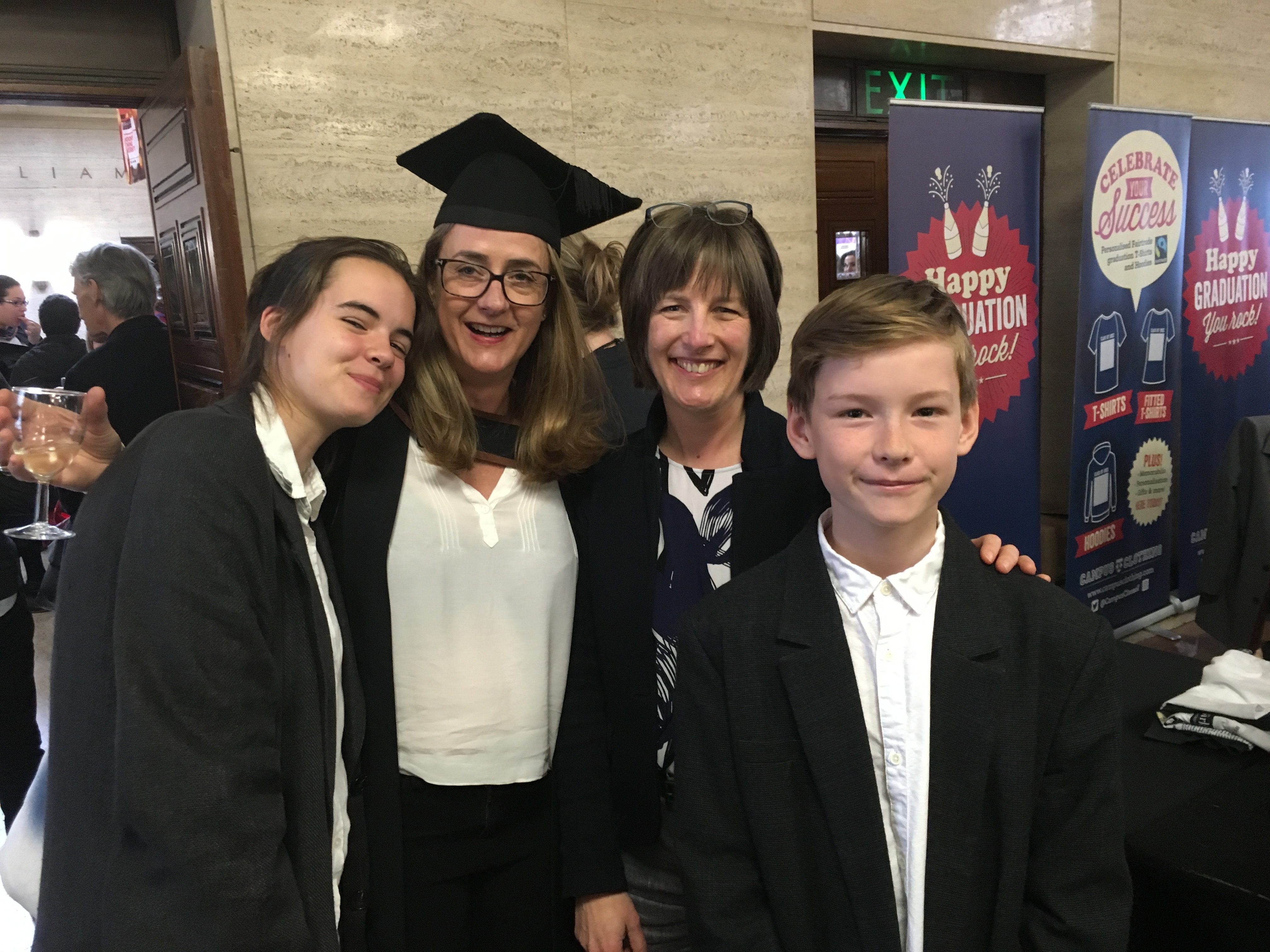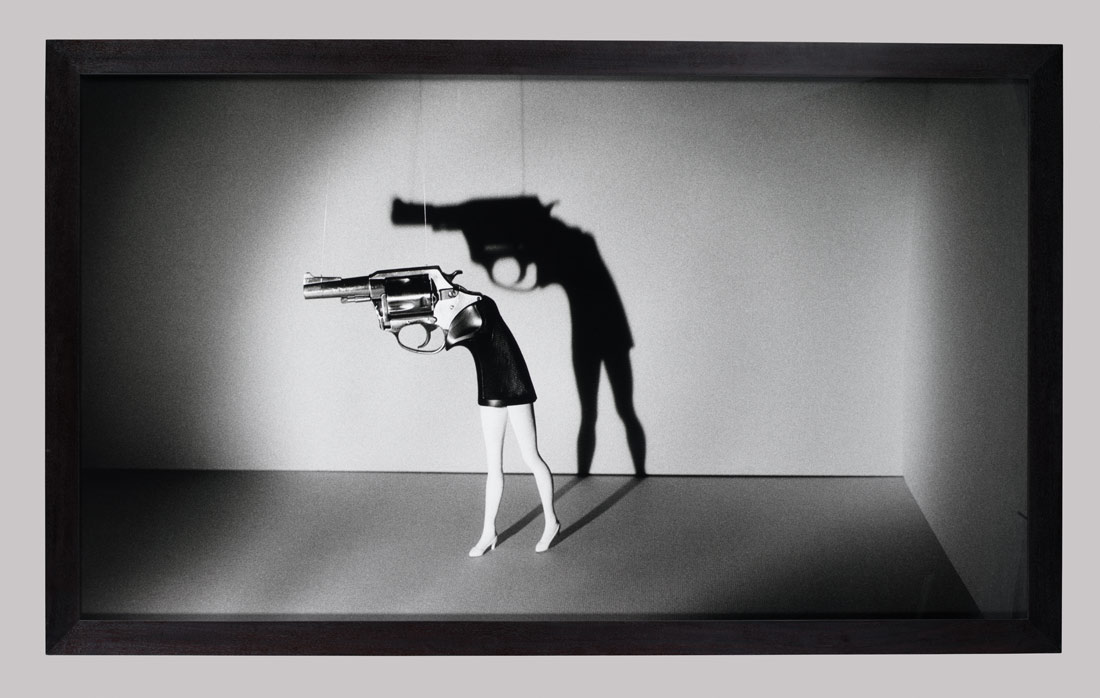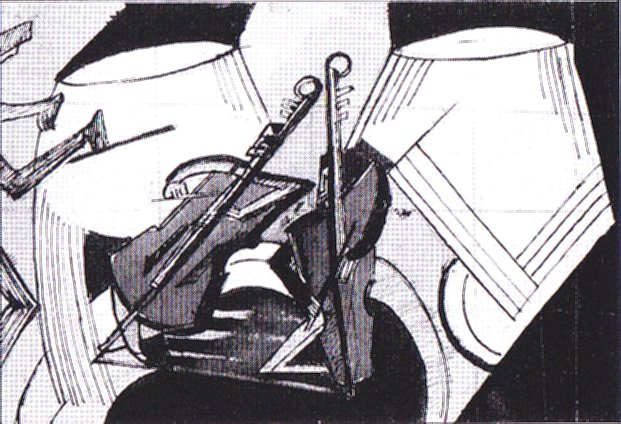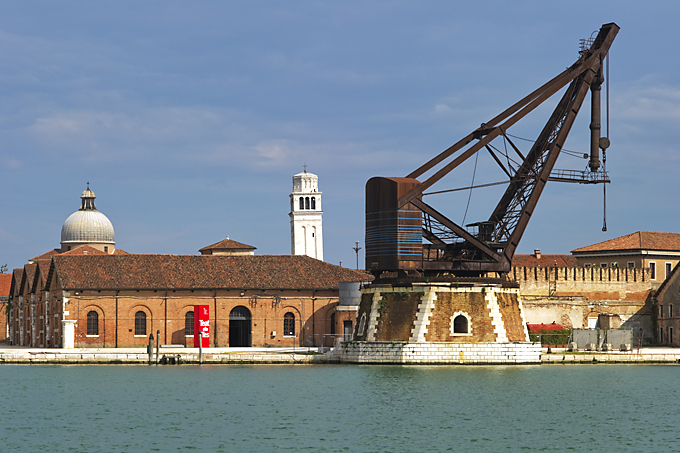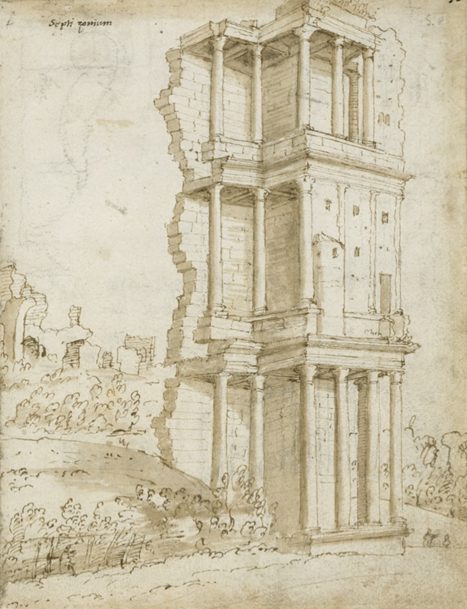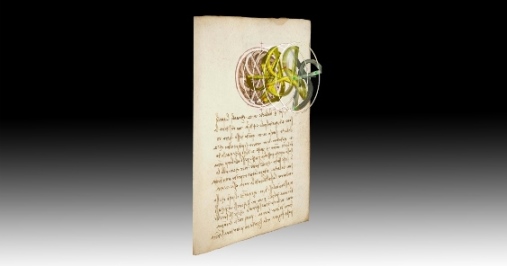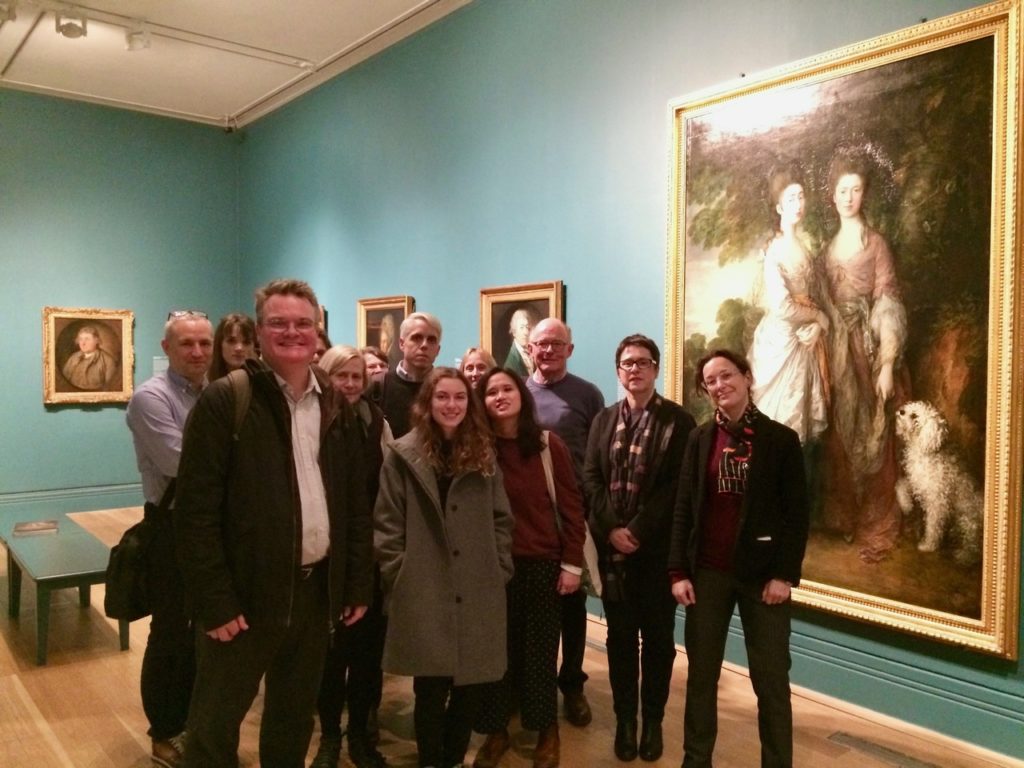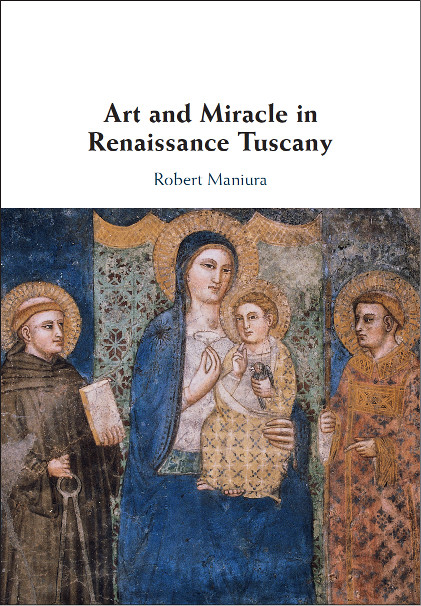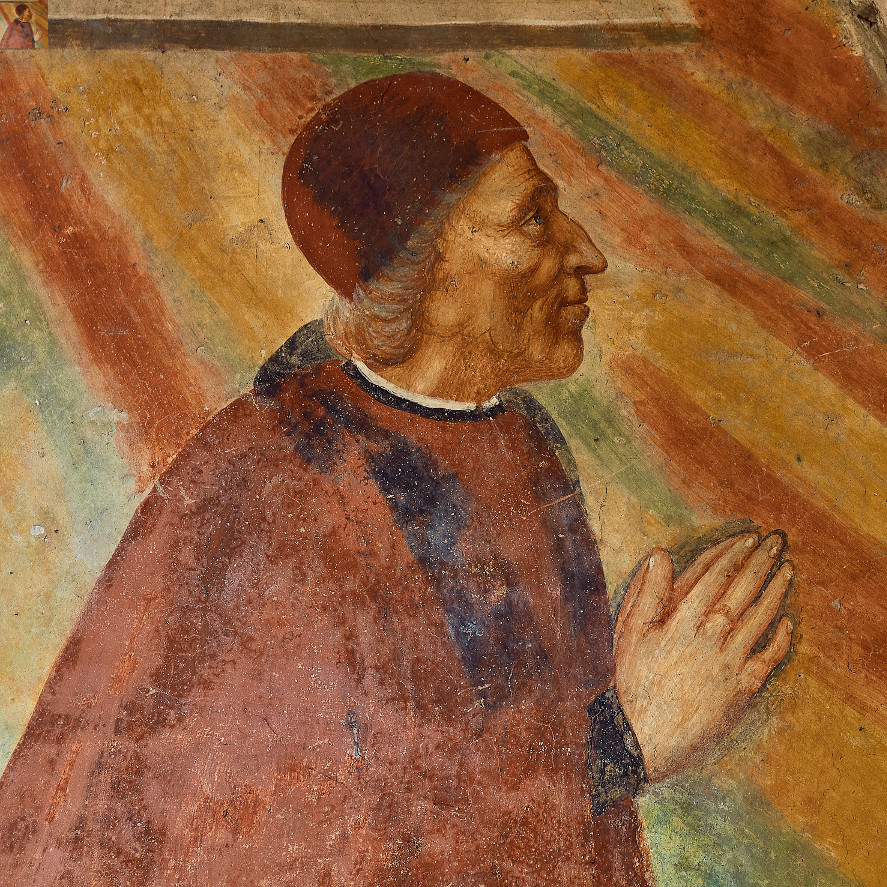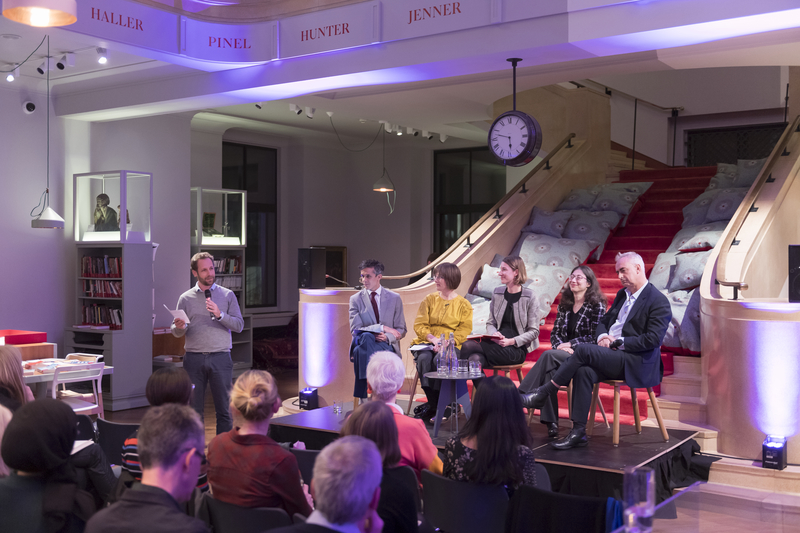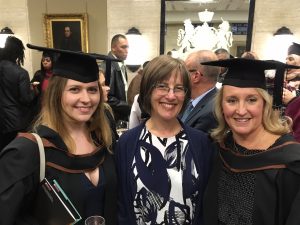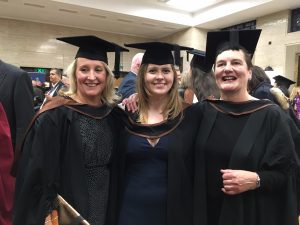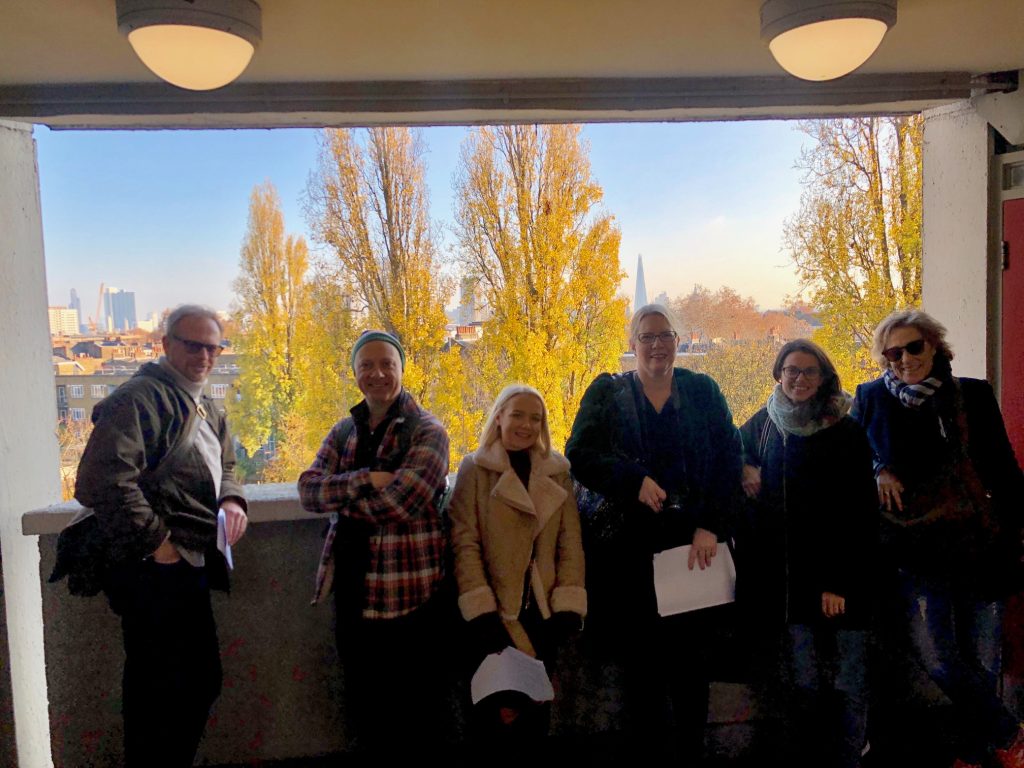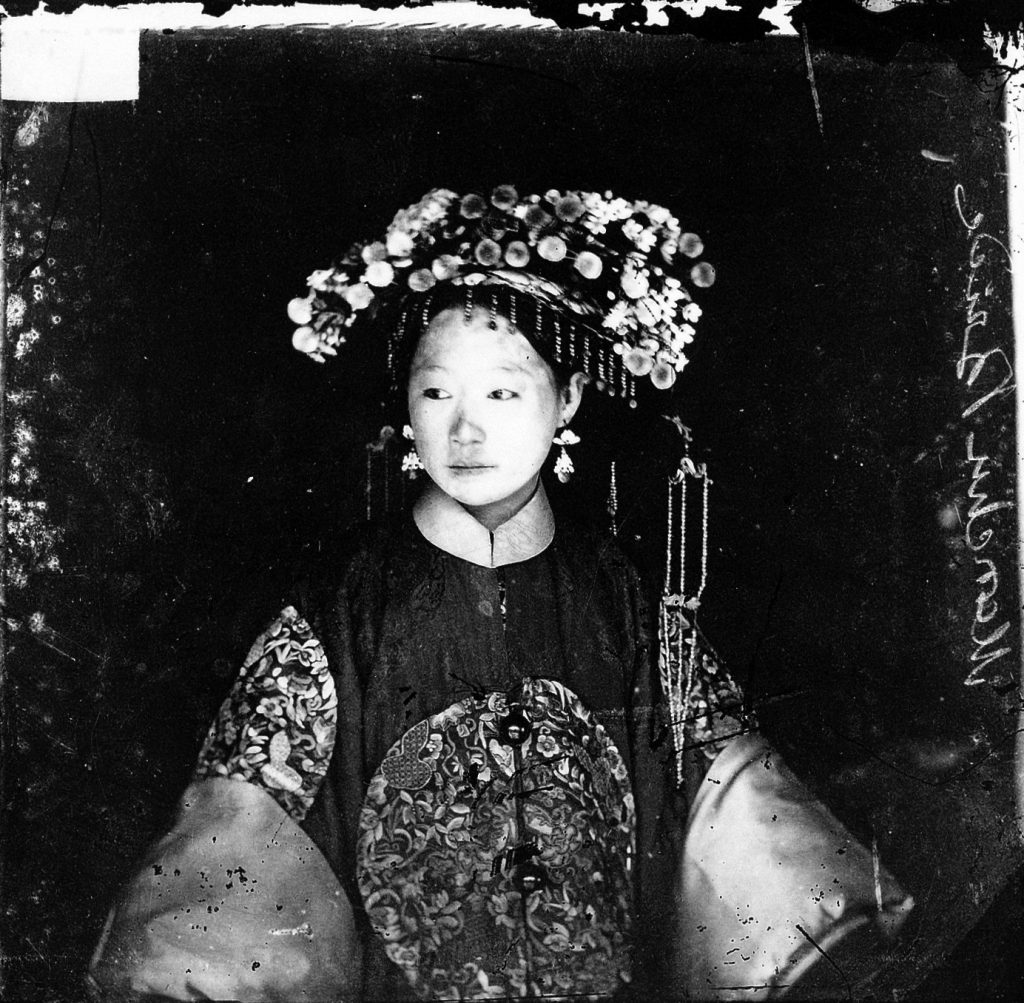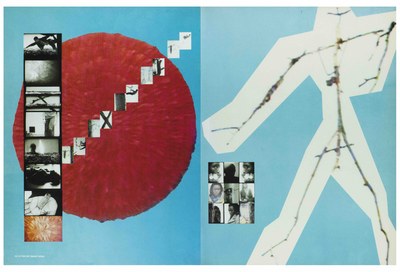Did you enjoy Arts Week? Hope it provided a good respite from exam revision, dissertation prep, etc, etc.
What is a museum? And how would we know? Those questions will be answered, or if not answered, then the problems with answering them unpacked in enlightening ways by Fiona Candlin, Professor of Museology in the department, at her Inaugural Professorial lecture TONIGHT at 6pm in Clore, B01. More here. Ticket bookings are over, but even if you haven’t booked you can always come along and see if there’s a seat free. Believe me, it’ll be good. And how often do you get invited to a professorial inaugural lecture? I just bumped into the Dean of the School of Arts, and he’ll be giving a speech about Fiona too…
How on earth does someone afford to do an MA? Well, funny you should ask… This Friday 31 May is the application deadline for a whole range of MA bursaries and studentships offered by the School of Arts. Two particular ones to draw your attention to: Dean’s Awards are for recent alumni or current students who have or are likely to receive a first on their BA. They are for all MA programmes in the School, but don’t be put off by that – it’s very much worth applying if you meet the criteria. Wallace Studentships are just for MAs in our department (History of Art, Photography, Architecture, Museum Cultures) and are awarded based on both academic strength and financial need. You don’t need to have studied at Birkbeck before, and a first on the BA isn’t necessary. Deadline for both is 31 May. All info is available here .
OK, no more questions.
You may have seen around the place copies of Lamplight, Birkbeck’s new student-produced magazine of arts and culture. Do pick one up (there are lots on the shelves in the reception of the School of Arts). It includes photography, painting and poetry by Birkbeck students, as well as interviews, essays and reviews, including a great piece on the Tate Britain exhibition of war photographer Don McCullin’s work, by BA History of Art with Curating student Adrian Peyrot. Contact info in there for the editors, in case you’re inspired to contribute or get involved.
As ever, lots of events coming up to attend, and exhibitions to see:
Next week, 6-8 June, is the excellent conference ‘Building-Object/Design-Architecture’, co-organised by the Design History Society, the European Architectural History Network, and the Architecture Space and Society Centre. The conference will explore old, new and future interconnections between Design History and Architectural History. There will be a Book Fair, Walking Tours and Keynote Speakers including: Ben Highmore (Sussex), Adrian Forty (Bartlett) and Doris Behrens-Abouseif (SOAS). There is a fee to attend, with significant concessions for students. More here.
Also opening next week on 4 June is the next exhibition in the Peltz Gallery, Refugees, Newcomers, Citizens: Migration Stories from Picture Post, 1938-1956. This exhibition brings together, for the first time, over sixty original prints by renowned émigré photographers Gerti Deutsch and Kurt Hutton, together with Bert Hardy and Haywood Magee, revealing Picture Post magazine’s stories of refugees and immigrants to Britain from the 1930s to the 1950s. Images focus on the Kindertransport and Windrush-era migrations, as well as on lesser-known histories of wartime African-American women Red Cross volunteers, and post-war child Holocaust survivors who found refuge in the Lake District. It is curated by Mike Berlin, from the History department at Birkbeck, and is part of the amazing Insiders Outsiders Festival, organised by Monica Bohm-Duchen, associate lecturer in History of Art.
Two events for your diary on 12 June, and luckily the timing means you could attend both of them:
The next Murray seminar on Medieval and Renaissance Art will be given by Luca Palozzi, who’ll be speaking on ‘The Holy-Water Basin of San Giovanni Fuorcivitas in Pistoia, c. 1270: Petrography, Materiality and Function’. 12 June, 5pm in Keynes Library – no booking necessary. Giorgio Vasari writes in his Lives of the Artists that Giovanni Pisano “carved in marble the holy-water font of the Church of San Giovanni Evangelista in Pistoia,” and that this work, “by reason of its having then been held very beautiful, was placed in the centre of that church as a remarkable thing (come cosa singolare).” Despite Vasari’s mention in his Lives, the Pistoia holy-water basin remains little-known. The scant literature focusses on issues of style, date and authorship, failing to address the reasons why contemporary observers considered the Pistoia holy-water basin a truly beautiful and remarkable object. This paper explores this object’s surprising materiality, considering Nicola and Giovanni Pisano’s daring technical and artistic experimentations with stones and minerals scarcely used in monumental sculpture from the period. Their knowledge of materials, as well as their awareness of liturgy, crucially informed the making of this extraordinary object. The basin casts light on the ‘material turn’ of the 1260s and 1270s in Italian sculpture–a phenomenon whose magnitude and importance still await to be assessed.
Then at 6pm in the main building, room 355 is the next Arts Employability event featuring Dr Katy Barrett, Birkbeck alumna and Curator of Art Collections at the Science Museum, speaking about careers in museums – this should be a very useful and interesting event for anyone considering a career in the museum sector.
And, sorry, a final question: What do we do when we do art history? You may have attended (or missed) the event back in February with this title. It was a screening of two French-made films about the art historians Svetlana Alpers and Georges Didi-Huberman, from the series Un Oeil Une Histoire. There was a fascinating discussion afterwards about the films, focusing on how art historians at the beginning of their careers understand what it is that they do when they do art history. It included our own Mara Polgovsky Ezcurra, alongside scholars from the Warburg and Courtauld Institutes. Whether you were there or not, have a listen to the podcast that’s now been made available on the website of the film’s distributors Senso-Projekt here.
. . Category: Uncategorized




